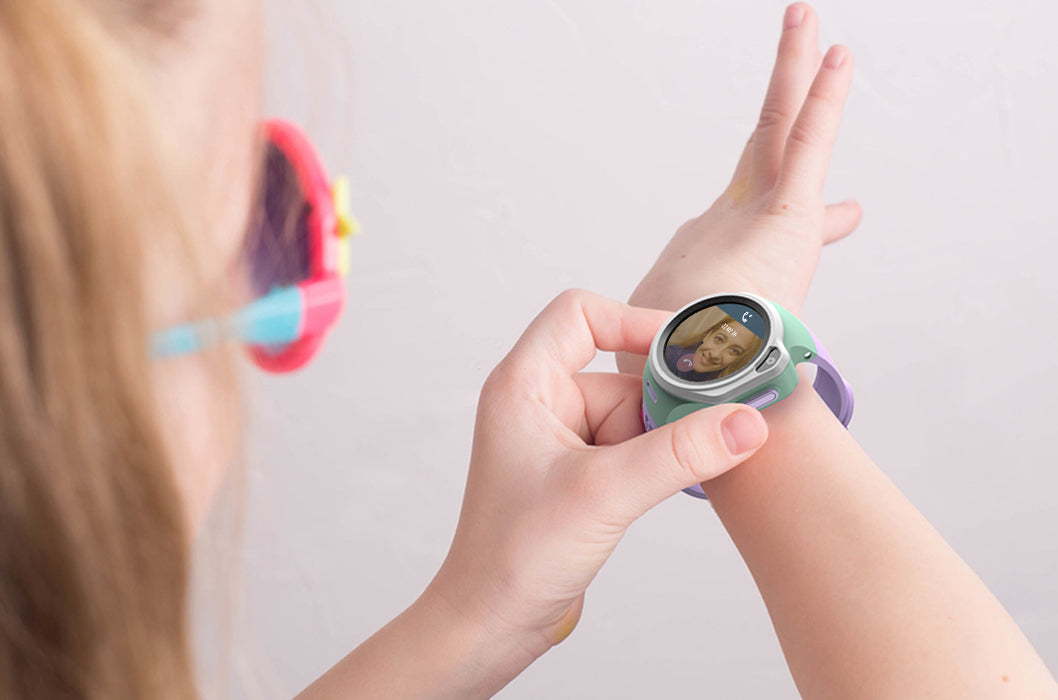

July 14 2022
Bone Conduction Headphones: How They Work and Why You Should Try Them

If you're like most people, you probably think of headphones as devices that sit in or on your ears. You might not be aware that there are other types of headphones available - headphones that don't go inside or on your ears at all. These are called bone conduction headphones, and they work a little differently than the traditional kind. Let's take a look at how they work and why you might want to try them.
What are Bone Conduction Headphones?
This type of headphones are devices that use vibrations to transmit sound waves directly to your inner ear. This bypasses the need for your outer ear, or pinna, to funnel the sound into your ear canal.
How Do They Work?
Traditional headphones work by converting electrical signals into sound waves and then sending those sound waves into your ears. Bone conduction headphones work a little differently. They send vibrations through your bones, which are then picked up by your inner ear. There are a few different ways that manufacturers can create these vibrations. The most common method is to use a small transducer that sits on or in front of your ear and vibrates the bones in your head. Other methods include using a band that goes around your head or even implants that are surgically inserted into your skull.
Why Would I Want to Use Them?
There are a few different reasons why you might want to use bone conduction headphones instead of traditional ones.
- They're great for people with hearing impairments — When traditional headphones are used, the sound waves have to travel through your outer ear and then your ear canal before they reach your inner ear. This can be a problem for people with hearing impairments, as there can be a lot of sound loss along the way. With bone conduction headphones, the vibrations bypass your outer ear entirely, so there's no sound loss.
- They don't block out all other sounds, so you can still be aware of your surroundings — One of the downsides of traditional headphones is that they can completely block out all other sounds, which can be dangerous if you're walking or biking in traffic. Bone conduction headphones don't block out all other sounds, so you can still be aware of your surroundings.
- They're less likely to cause ear fatigue than traditional headphones — Another downside of traditional headphones is that they can cause ear fatigue after long periods of use. This is because the ear cups press on your ears, and the sound waves can be jarring. With bone conduction headphones, there's no ear fatigue because there's no pressure on your ears.
- They're more comfortable to wear for long periods of time — Because there's no pressure on your ears, bone conduction headphones are more comfortable to wear for long periods of time. This makes them a great option for people who need to wear headphones for work or other activities.
- They're great for athletes and other people who are active — Bone conduction headphones are also a good choice for athletes and other people who are active. This is because they don't fall out as easily as traditional headphones. They're also less likely to get damaged by sweat or water.
How Do I Choose a Pair?
If you're interested in trying bone conduction headphones, there are a few things to keep in mind when choosing a pair.
- Make sure they fit well — One of the most important things to consider is how well the headphones fit. They should be snug but not too tight, and they should stay in place even when you're moving around.
- Consider the design — There are a few different designs of bone conduction headphones, so you'll want to choose one that's right for you. If you're looking for a more discreet option, there are models that sit on or in front of your ear. If you're looking for something more stable, there are models that go around your head.
- Choose the right material — The material of the headphones can also be important. If you're looking for a more natural sound, choose headphones made with wood or bone. If you're looking for something more durable, choose headphones made with plastic or metal.
- Consider the price — Bone conduction headphones can range in price from around $50 to $200. You'll want to choose a pair that's within your budget.
How Do I Use Them?
Using bone conduction headphones is pretty simple. Just put them on and adjust the volume until you're comfortable. Keep in mind that they may take some time to get used to. If you're not used to wearing headphones, you may find that they're a little uncomfortable at first. But with time, you should get used to them.
Should You Try Them?
If you're looking for a different type of headphones that has some unique benefits, then bone conduction headphones are definitely worth trying. They're great for people with hearing impairments, they don't block out all other sounds, and they're more comfortable to wear for long periods of time.
The Bottom Line
Bone conduction headphones are a great alternative to traditional headphones. They have many benefits, including the fact that they're great for people with hearing impairments and they're more comfortable to wear for long periods of time. If you're interested in trying something new, then bone conduction headphones are definitely worth considering.

Check out myFirst Headphones BC Wireless Lite
Learn and experience to listen with your ears open with this latest headphone. With bone conduction technology that allows sound to reach the inner ear through the cheekbones instead of the eardrum, effectively protecting child's eardrum. We offer 3 types of Headphone BC that comes with amazing features and affordable prices! Don't forget to checkout on OAXIS store now!



